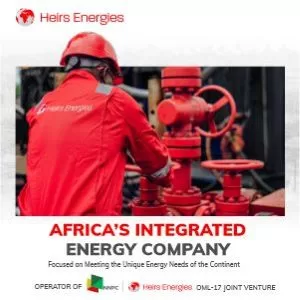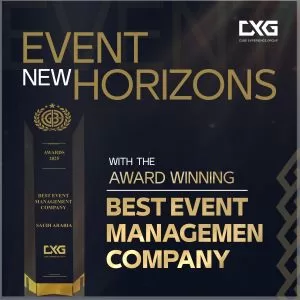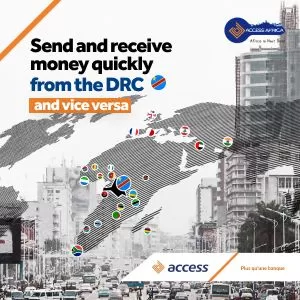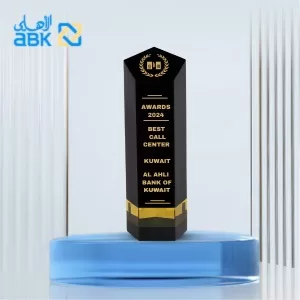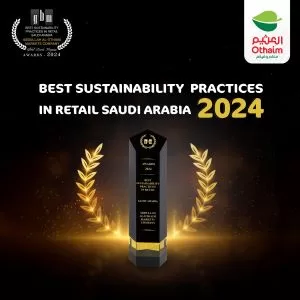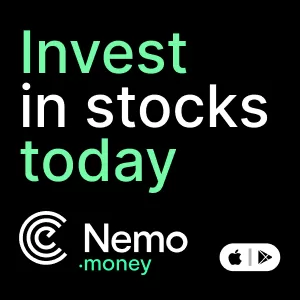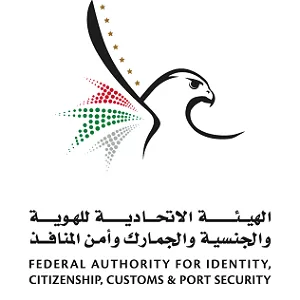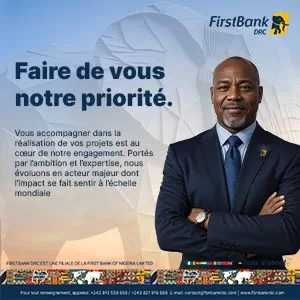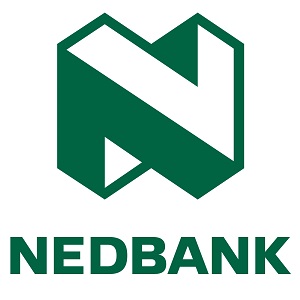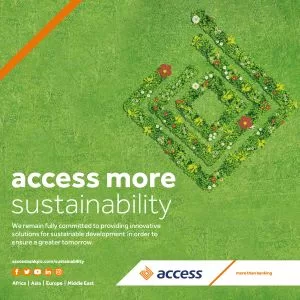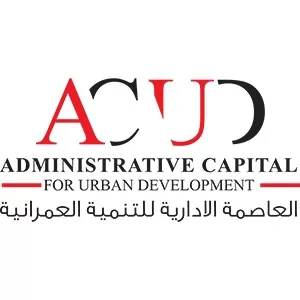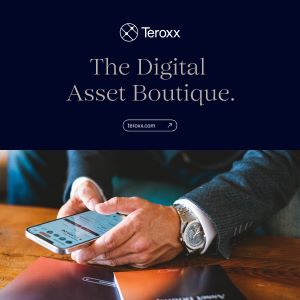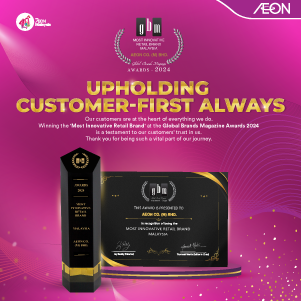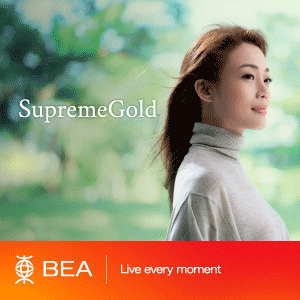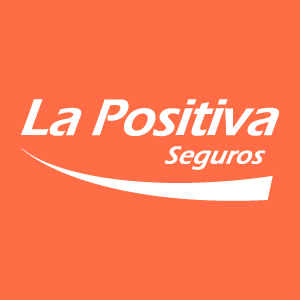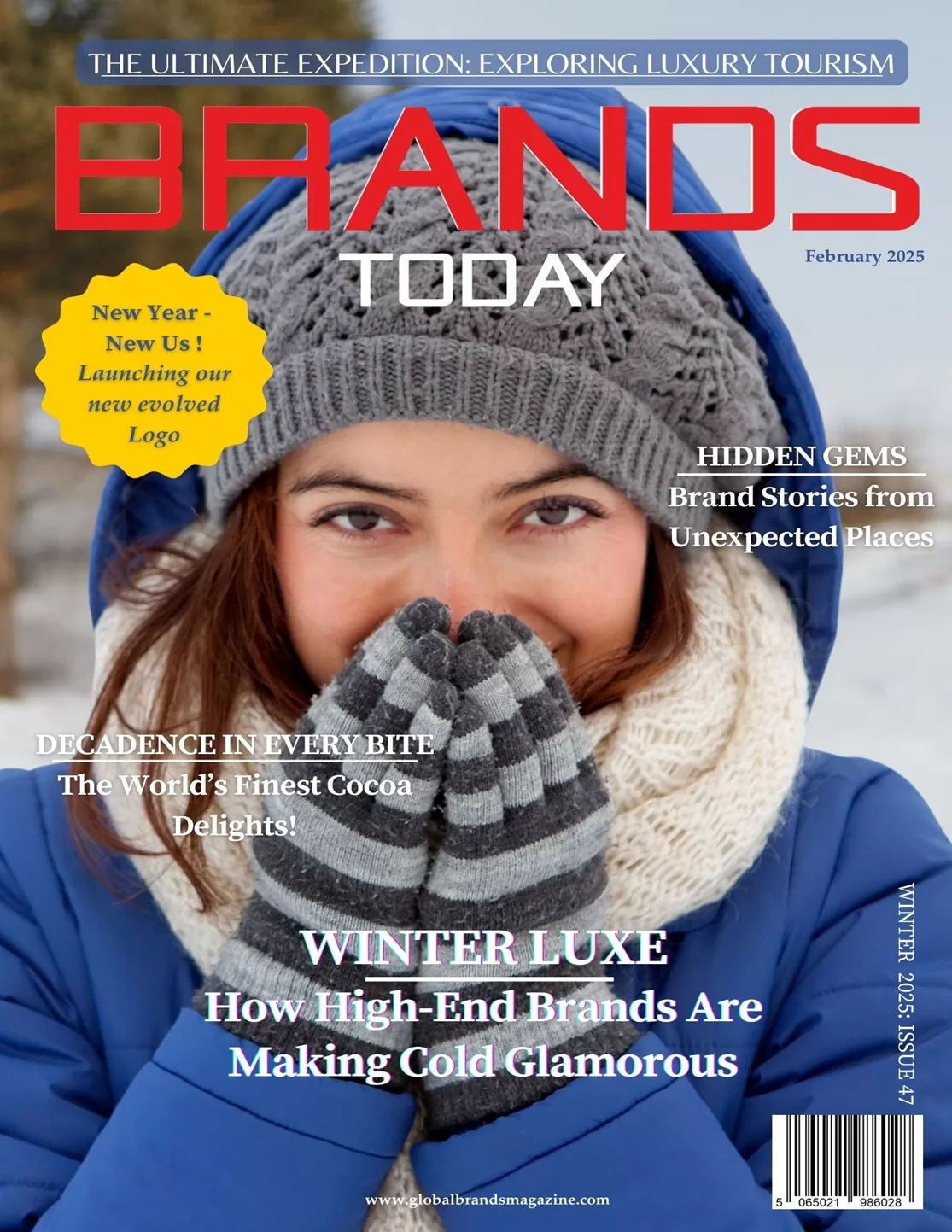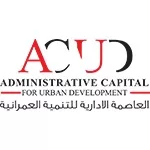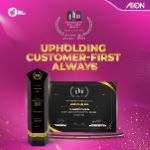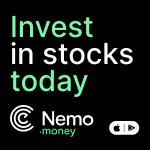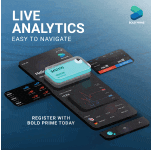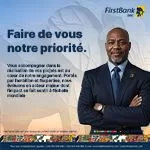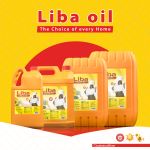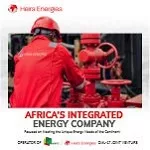Fashion
Coachella Fashion Olympics: Where Trends Meet Brand Power
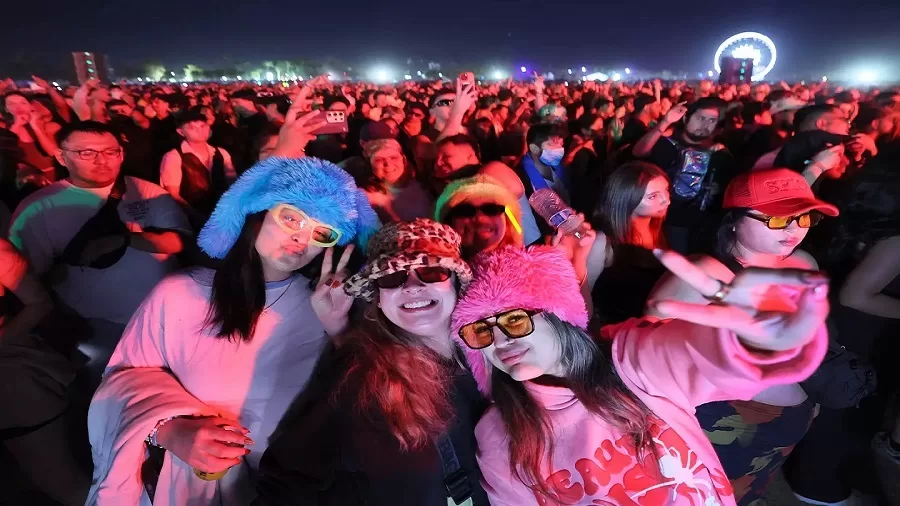
- The “Fashion Olympics” of Coachella is a loud worldwide marketing machine, with its accomplice Revolve making the most of influencer-driven content to increase visibility and more engagement and further drive sales.
- Despite the continuous buzz regarding sustainability and fast fashion, Coachella has turned into a melting pot of trends and business happenings and is inherently directed at the audience of Gen Z and millennials.
Once a year, in April, the Coachella Festival seems, set up such a stage for music and art that now fashion has levelled itself as well. Although this is a great goal that we can’t do without mentioning, the fashion bandwagon has given rise to a war between the hundreds of influencers, star figures, and companies alike to get hold of the coolest fest snaps. “It’s been called the Olympics of influencer marketing by both fans and participants,” reads a 2023 statement by Flourish MGMT, boasting an over-the-top presence of everyone who enjoys their clout on the global scene from this event. Brands can use the extravaganza of festival outfits at Coachella to spread their reach since they see it floating around with millions of likes on platforms like Instagram and TikTok. But just what is this emboldening the fashion industry alluding to? We begin to untangle this knot with the case of the brand in the spotlight, Revolve, by dipping into some of the statistics that reveal its success because of Coachella.
What is the significance of the Coachella Fashion Olympics?
The Coachella Fashion Olympics depict the vivid race in which influencers and artists compete to stand out with bold, trendsetting festival costumes. Brands such as Revolve promote collaborative fashion content, with influencers capturing exciting festival moments at exclusive events. Coachella’s social media mentions reached 43 million in 2022, with #coachella2022 receiving 87,347 Instagram mentions. This digital boom transforms Coachella into a real-time billboard for marketers showcasing collections to influencers’ massive followings.
Coachella encourages creative self-expression, with branded content often flowing effortlessly through influencers, but some posts appear planned. Flourish MGMT highlights increased enthusiasm each year as Gen Z and millennials connect with vivid festival outfits ranging from Y2K to Western gothic. In 2024, Pinterest recorded tens of millions of searches for festival dress trends, confirming Coachella’s trendsetting status. Brands engage a worldwide Gen Z audience to shape festival culture.
However, the Fashion Olympics has been criticised for encouraging overconsumption, with fast fashion labels such as PLT and SHEIN promoting single-use ensembles. Remake criticises festival fashion’s disposable nature, claiming it violates environmental standards. Despite these limitations, Coachella remains a powerful tool for marketers looking to increase client loyalty and sales.

Positive brand impact at Coachella.
Coachella provides marketers with more than just social media impressions. Companies acquire a rich cultural platform, which increases social media visibility. According to a Billboard report, Revolve’s 2022 festival content was viewed over 173 million times on TikTok, and in 2018, it received 4.4 billion impressions, five times more than the festival’s official fashion partner, H&M. Revolve’s 2022 Revolve Fest, which included a K-pop Cafe, generated enough visitation to increase its NYSE stock price by 6%.
According to the IEG Sponsorship Report from 2015, brands invest extensively in Coachella, with sponsorships starting in the low seven figures (roughly £750,000-GBP 1.5 million). These expenditures support pop-ups, branded installations, and influencer tours, resulting in immersive experiences that appeal to Wtofestival attendees. Social media platforms reinforce these efforts, with influencers serving as brand ambassadors. In 2024, Coachella’s marketing approach relied largely on Instagram, TikTok, and X to develop meaningful connections with varied audiences.
This is a goldmine for marketing to your main target audience, going for the young millennials and Gen Z; as per a study conducted in Vogue Business in the year 2024, “40% of Pinterest users are Gen Z,” with “one in every four planning to attend a festival. It types in brands such as Guess that have taken it to the next level, bringing together 47 influencers at a lavish estate in 2024 to harmonise the informality of, well, the Coachella type of denim vibe. Resulting in higher awareness of the brand along with customer engagement as measured through Earned Media Value (EMV), a value that indicates the efficiency of marketing through influencer-generated content.
Revolve: A Case Study for Coachella Success
Among Coachella brands, Revolve stands out for its festival marketing expertise. The Los Angeles-based shop has made Coachella a part of its brand, holding the invite-only Revolve Festival alongside the main event. According to Launchmetrics, Revolve’s event had a media impact value of USD 6 million in 2023, demonstrating its significant influence. This success is no accident: Revolve carefully promotes their festival collections through influencers, which increases exposure and sales.
Revolve’s big Coachella presence began in 2015 with the inaugural Revolve Festival, which used influencers to create content for sponsored events. By 2022, the Revolve Festival had become a cultural phenomenon, dubbed “Coachella’s Most Lavish Party” by the Wall Street Journal. Artists like 21 Savage and PinkPantheress performed at the 2023 event, and influencers like Adelaine Morin and Francesca Farago boosted the brand’s visibility. Traackr reported that Revolve’s festival generated over 25 million engagements from 5,000 posts in 2022, demonstrating the company’s capacity to leverage creator-created content for exposure and sales.
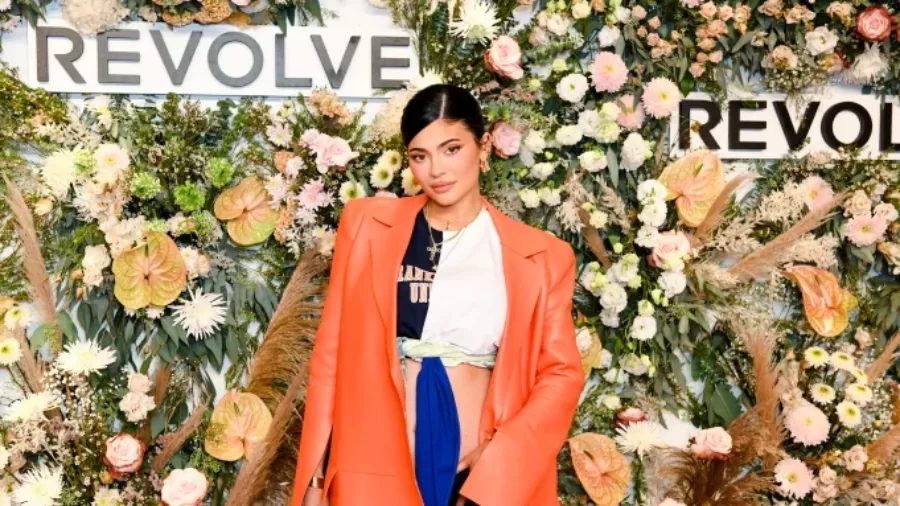
Revolve Festival produced over 25 million engagements from 5,000 posts in 2022, making it Coachella’s biggest marketing activation, according to Traackr. This resulted in a 6% stock price increase, indicating the festival’s impact on Revolve’s bottom line. Revolve responds to Coachella’s changing fashion landscape by partnering with clothing influencers in styles ranging from Western to Y2K. “It’s not just one look anymore,” explains Raissa Gerona, chief brand officer of Revolve, emphasising the company’s adaptability.
Despite reducing the 2024 Revolve Festival to a one-day event with 1,200 attendees (down from 5,000), Revolve maintained its popularity by shifting finances to activities such as the Miami Grand Prix. This shift demonstrates Revolve’s capacity to manage Coachella’s high costs—estimated at £750,000 to £ 1.5 million for large activations—while focusing on long-term growth.
Coachella Fashion Olympics Overview.
Coachella Fashion Olympics is more than just a marketing event; it is a cultural phenomenon that is changing the way brands interact with their customers. Coachella has served as a springboard for Revolve’s global recognition, with millions of EMV transactions and stock price rises demonstrating its relevance. However, the festival’s emphasis on fast fashion and one-time costumes raises concerns about sustainability, forcing businesses to strike a balance between profit and responsibility.
Coachella’s influence on fashion and branding continues to grow. For marketers willing to invest, the benefits are clear: the opportunity to shine on a global scale, backed by the power of influencers and the draw of festival culture. Revolve discovered that Coachella’s Fashion Olympics are a game changer for fashionistas and marketers alike.




